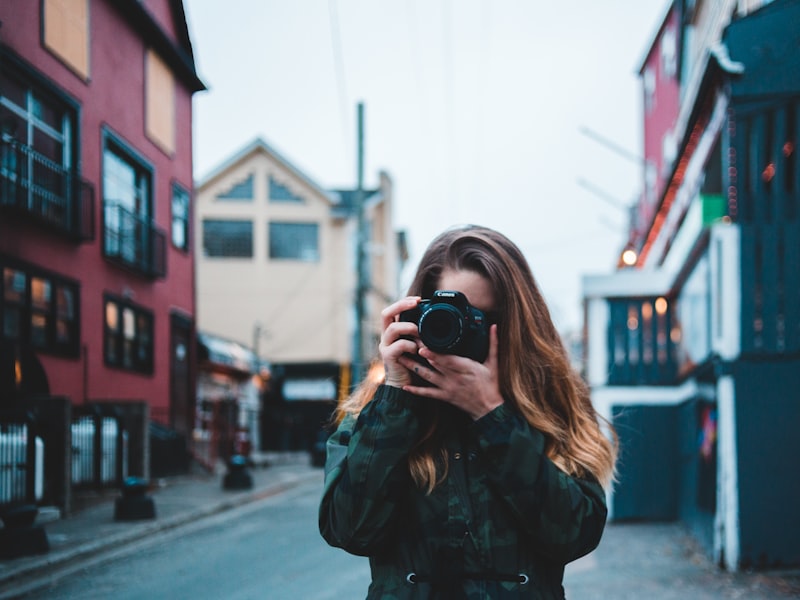Describe Koi Pine Cone Disease and its treatment in 2022.


Generally speaking, koi fish are very hardy fish.
Since they were bred from wild carp, they inherited the tough as nails qualities of their lineage quite well, resulting in a fish species that is both beautiful and extremely durable. A lot can be put on these fish and they'll still remain quite healthy!
Even tough fish get sick sometimes.
Learn about treating and preventing koi pine cone disease, one of the most common koi diseases!
Why Does Koi Pine Cone Disease Occur?
As a starter, Koi Pine Cone Disease is not a disease at all.
As a set of symptoms, it can indicate a number of health problems, some of which may be life-threatening or even debilitating.
The most common causes of pine cone disease are tumors and other growths that impair normal body functions, mycobacterium tuberculosis infection, or secondary bacterial infections. Other factors can also cause it, like fluid retention and parasitic presence, but it generally comes down to the three main points discussed above.
Symptoms of the condition include bulging and almost extended eyes. Similarly, your fish's scales will stand out from their bodies, creating a pine-cone-like appearance.
It is critical to prevent or treat Koi pine cone disease as quickly as possible in order to prevent a larger-scale outbreak. Dropsy is one of the disorders that cause the disease, and has the potential to be extremely contagious, so preventing or treating it as soon as possible is key.
Taking Care Of Pine Cone Disease
Keeping koi isolated and quarantined is the first step to treating dropsy.
You should do this to prevent other fish in your pond or enclosure from being affected by whatever root cause triggers pine-cone disease.
Additionally, it will provide a safe place for your sick koi to recuperate and heal, increasing its chance of surviving and fully healing without the potential stress and injuries associated with being sick in a full pond.
Next, you should raise the temperature of the water slightly after you have quarantined your koi. In koi ponds, bacteria prefer cooler temperatures, so this will kill them off. The disease is also less likely to spread when it is prevented.
Make sure the water temperature is not incredibly hot; rather, keep the temperature within the acceptable range for the average koi.
In addition, you should improve the oxygen levels in the quarantine area, because since koi pine cone disease can affect your koi's ability to breathe, increase the level of toxins in their blood, and cause swelling and retention on their kidneys and liver, which can exacerbated by the presence of the initial bacterial infection which often triggers dropsy.
Finally, you will want to start a good regimen of antibiotic treatments for your koi. Either https://www.grandkoi.com/shop/ or edibles can be used for this purpose. You can talk to your veterinarian about which option is the best for your fish.
Your fish should be all set once you've selected a treatment vehicle and method and applied it at the correct time each day. While it is a lot of work, it is well worth it if your fish starts feeling better again and makes a complete recovery! Koi
Preventing Koi Pine Cone Disease
In order to keep pine-cone disease under control, perhaps the best strategy is to prevent it.
If your fish already has it, you need to treat it first, however once it has recovered, make conscious efforts to prevent it from recurring or happening to your other fish. Isn't this a simple measure?
First, monitor your water quality. The pH of your water or the quality of your water can affect how quickly bacteria grow. It is essential that your pond has a good filtration and oxygenation system to prevent waste build up and stagnant water.
In addition, you should keep a testing kit on hand in case you need to adjust things with your koi fish.
Is Pine Cone Disease Deadly?
Often, it is too late to do anything once your fish manifests the symptoms of pine-cone disease.
It is actually recommended by many veterinarians that the fish be euthanized humanely, due to the high severity of the damage to their bodies, in particular their liver and kidneys. They may also suffer eye impairment, and they could suffer brain damage and other toxicities that can cause many health problems later in life, including making them more susceptible to infections.
In some cases, your fish may recover if it is caught early enough, but if it is too far gone, it may be better to euthanize it at home or have it euthanized at the vet.
Often, clove oil and cold temperatures are recommended to lull the fish into a peaceful slumber, where it will finally pass away. However, even this must be done using a vet's supervision if possible.
Keeping http://www.grandkoi.com/shop/ can be challenging for even the best of keepers, so do not get too stressed out about sudden illnesses. It is only possible to take measures to prevent future dropsy episodes by making an effort to prevent future accidents.
